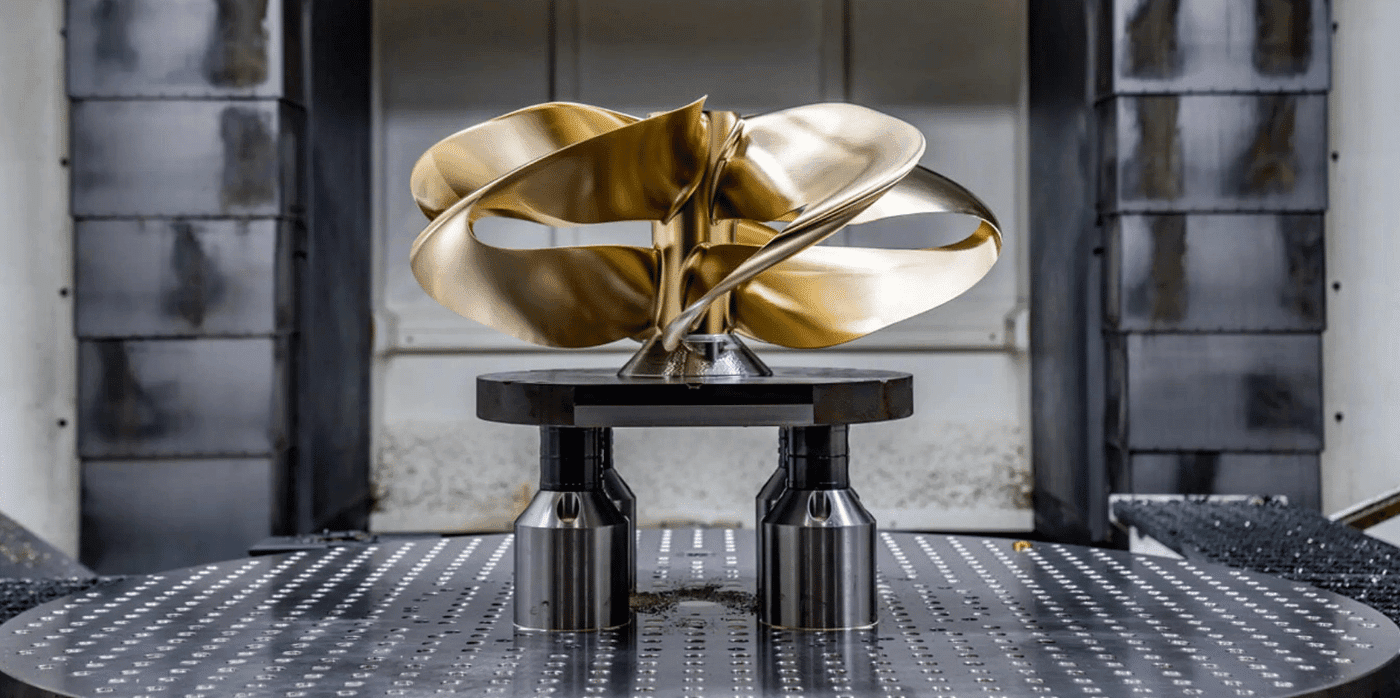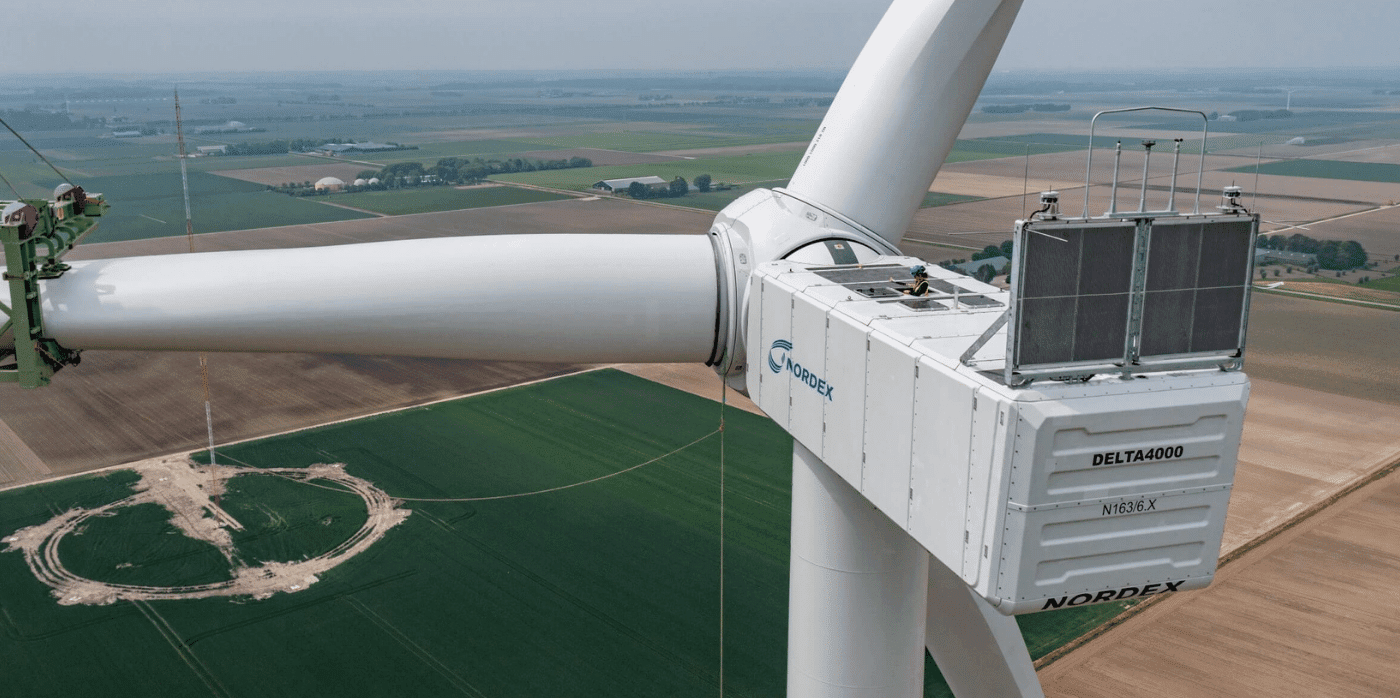A next-generation propeller is quieter and more efficient

Spotted: Though it suffered a decline during the pandemic, the marine vessel industry has been rapidly growing in recent years and is likely to continue on that trajectory, with demand increasing for cargo ships and recreational vessels. As demand grows, though, we need to find ways of mitigating the environmental impact of these vehicles, given that many boats are fuel-intensive and emit large volumes of CO2. And, the noise of boat propellers also disturbs, and can even harm, marine life.
Now, Sharrow Marine has created the Sharrow Propeller, which helps increase speed and efficiency, produces less noise and vibration, and enables greater control of the vessel while docking and superior handling of tight turns even at high speeds.
When it comes to boats, cavitation can be an issue – a process where, as the propeller spins, areas of high and low pressure are created at the blade tip, and the pressure changes create cavities of air that make bubbles. As the bubbles pop, it creates a lot of noise, and these multiple implosions gradually damage the leading edge of the propellor and erode the blades, impacting performance and potentially making boats unsafe over time.
Instead, Sharrow Marine has created the loop-based Sharrow Propeller with its True Advance technology that – because it has no tip – drastically reduces or eliminates cavitation. The technology allows the Sharrow Propeller to achieve its maximum advance rate and efficiency much earlier than standard propellers. Because it is more efficient, boats with the Sharrow Propeller can travel at faster speeds with the same engine RPM (revolutions per minute).
In March, the company unveiled its Sharrow XO series, which brings the innovative technology to large outboard engines.
Springwise has spotted many innovations in the boating industry, including a solar-powered passenger catamaran that causes no engine noise, and an autonomous electric ferry.
Written By: Anam Alam


